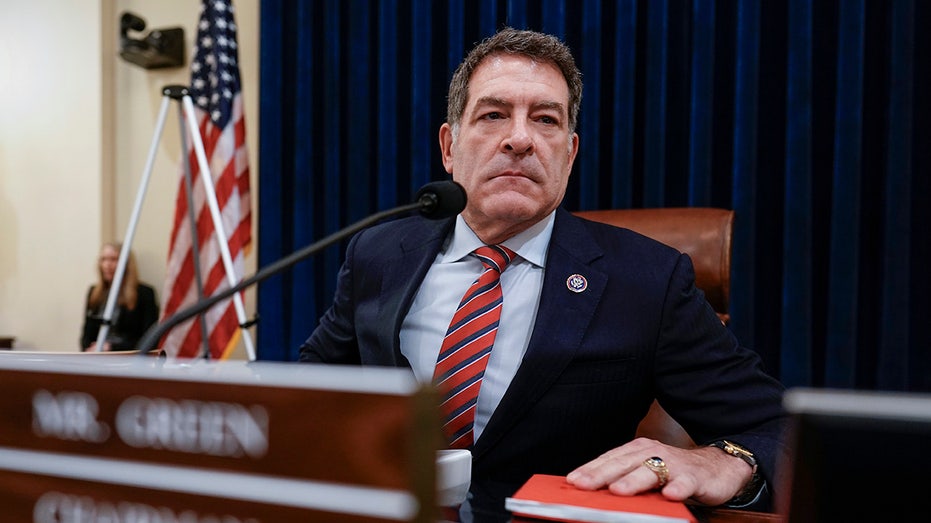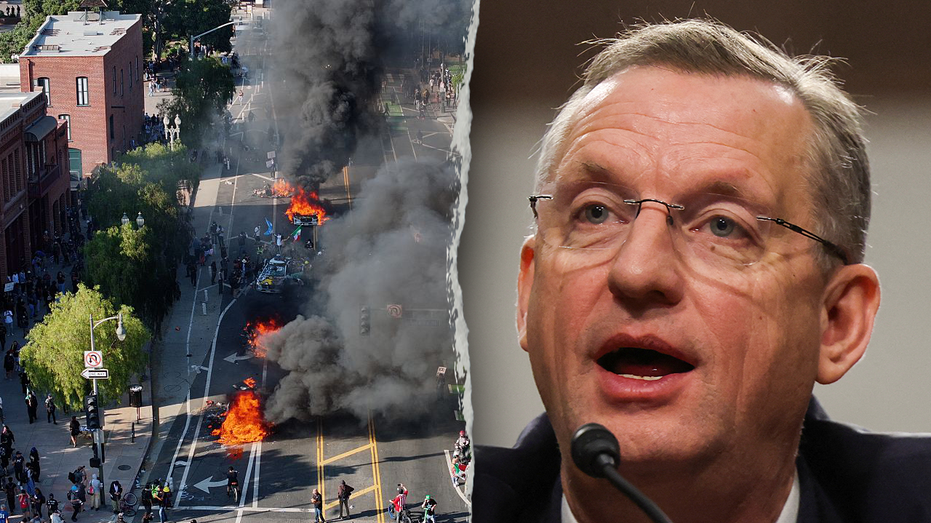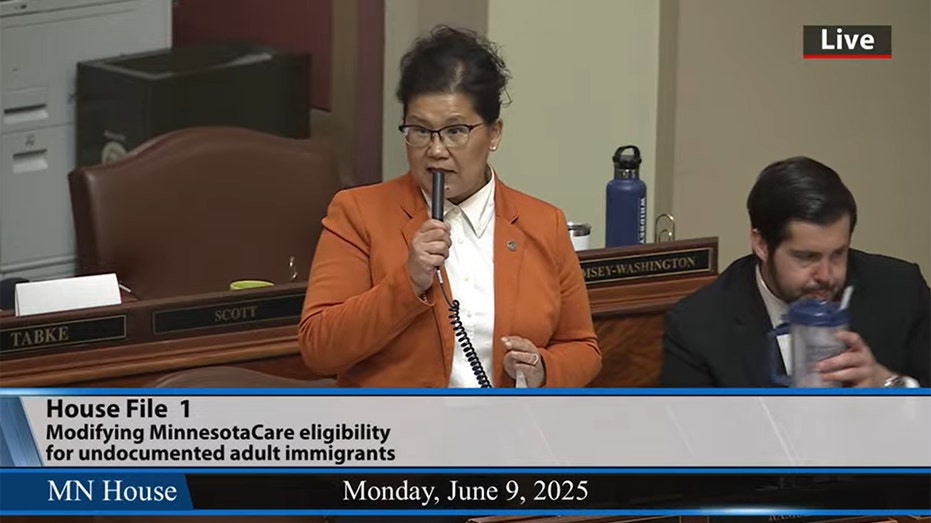Trump Administration's Budget Cuts Endanger Safety Training for America's Most Dangerous Jobs
Trump's budget cuts jeopardize safety training programs for America's most hazardous industries, raising concerns over worker safety.


By the time Robbie Roberge noticed flames consuming the galley of his fishing vessel Three Girls last August, he faced a critical race against time. With fire spreading rapidly along the boat’s walls, Roberge moved decisively—helping his crew into safety suits, deploying a life raft, and issuing a mayday call to alert nearby mariners and the U.S. Coast Guard. The incident played out more than 100 miles offshore, far from immediate help.
Fortunately, Roberge’s quick and effective response can be traced directly to safety training he received just three months earlier at a workshop organized by Fishing Partnership Support Services (FPSS), a nonprofit dedicated to training East Coast fishermen in lifesaving practices. “I have years of experience, but not dealing with emergencies,” Roberge explained. His calm actions ensured every member of the crew was rescued unharmed—a testament to the importance of comprehensive safety education for those working America’s most perilous jobs.
However, such vital trainings—designed for fishermen, loggers, farmers, and others at high risk—now face an uncertain future. Sweeping federal budget cuts driven by U.S. President Donald Trump’s administration threaten to dramatically reduce or even eliminate these programs as early as this summer. According to multiple health and safety experts, the impact of these cuts could be profound, stripping away a crucial layer of protection for workers who regularly contend with life-and-death situations on the job.
The reductions have landed particularly hard on the National Institute for Occupational Safety and Health (NIOSH), a federal agency under the Department of Health and Human Services that serves as a primary funder of workplace safety training and research across hazardous industries. On April 1, approximately 875 of NIOSH’s 1,000 employees were let go, including most staff who provide essential technical support to a dozen Centers for Agricultural Safety and Health scattered throughout the country.
While about 300 NIOSH employees were recently reinstated, the group overseeing these vital centers was not among them, according to union data. Several centers are now preparing to wind down operations as their current funding expires in the coming months. For example, the Southeastern Coastal Center for Agricultural Health and Safety at the University of Florida has already begun scaling back its efforts as it faces the loss of federal grants this fall.
The Alaska Marine Safety Education Association, which provides fishermen with lifesaving skills, also anticipates its NIOSH funding will dry up as soon as July. FPSS, which served Roberge and thousands of others, expects similar cuts to hit in September, potentially forcing it to drastically reduce the number of trainings it offers.
The loss of these programs raises alarms among experts. John Roberts, an FPSS instructor and longtime Coast Guard search and rescue veteran, emphasized the value of preventive training: “The return on investment of the government is huge. If they give us this money to do this training, it’s going to lessen how much money has to be spent to rescue the untrained.” As training opportunities decline, observers fear an increased burden on federal marine rescue services—and a heightened risk for workers confronting emergencies without adequate preparation.
Asked about the staff reductions, an HHS spokesperson insisted, “The work will continue. HHS supports America’s farmers, fishermen, and logging workers.” Meanwhile, Health Secretary Robert F. Kennedy, Jr. has argued that the staff reductions are intended to streamline operations and improve efficiency, with NIOSH set to be merged into a new Administration for a Healthy America.
As deadlines for funding approach and organizations brace for change, many fear that the landscape of workplace safety could be altered for years to come—potentially leaving those in the nation’s most dangerous professions without a critical safety net.




